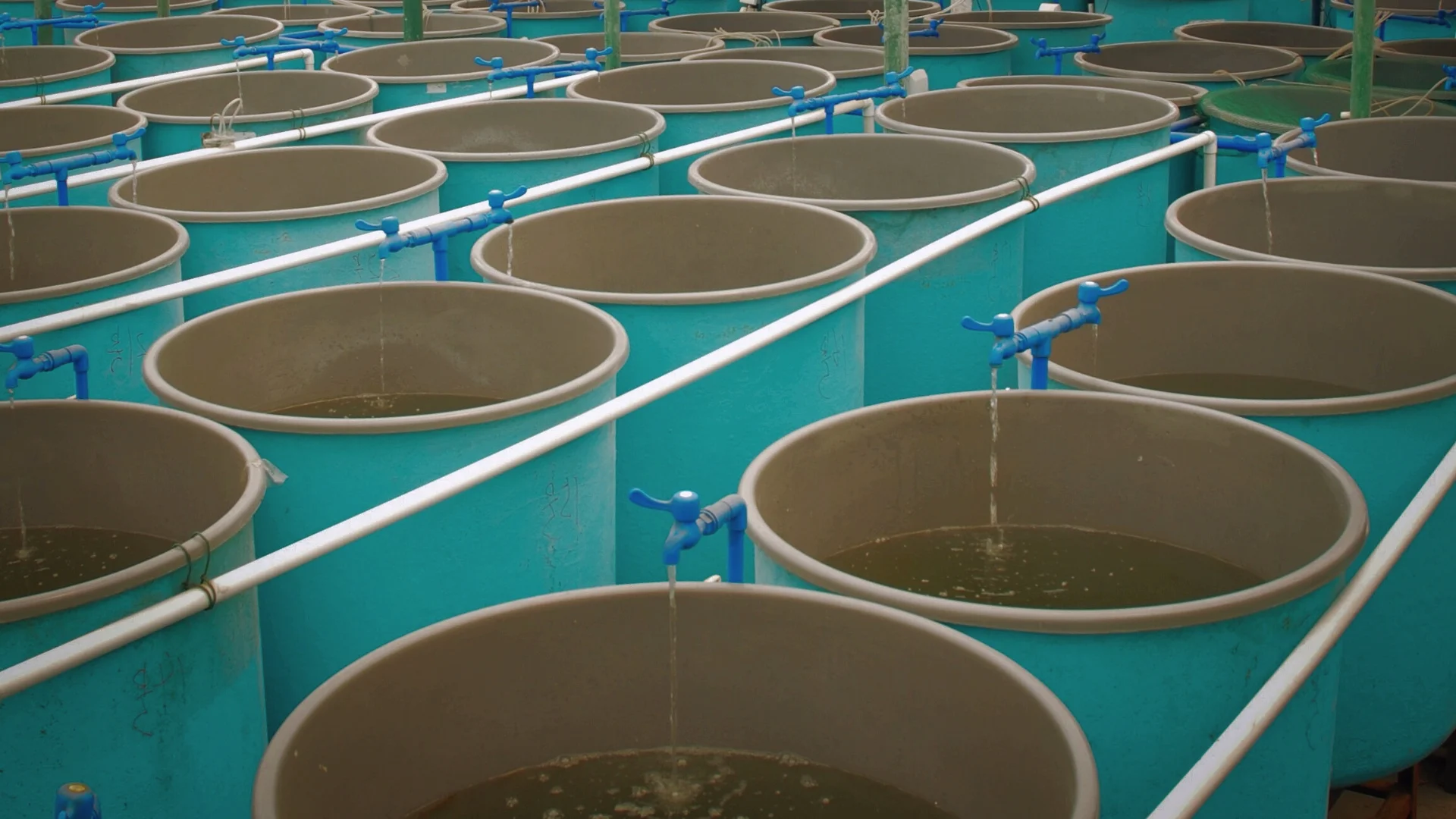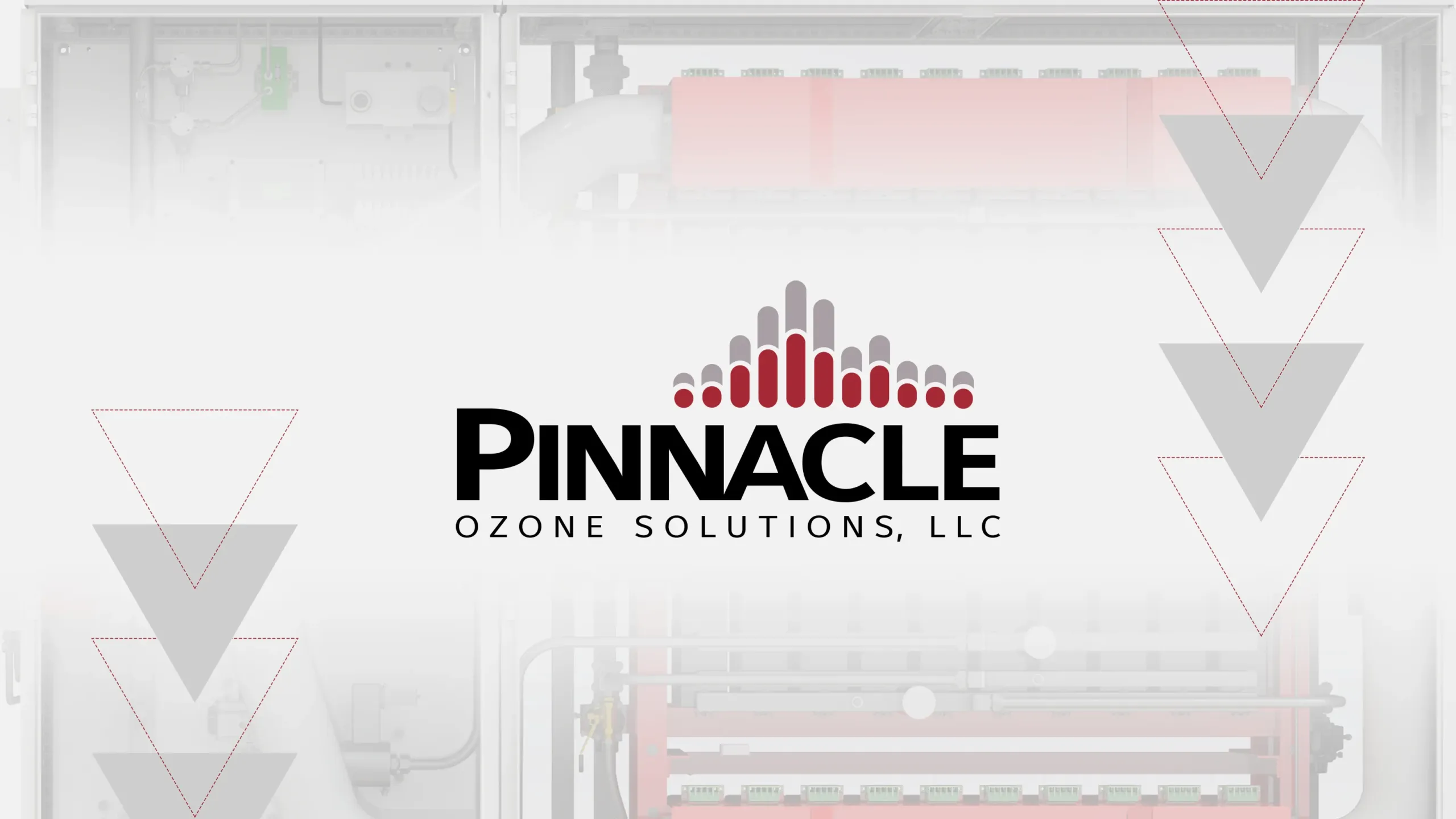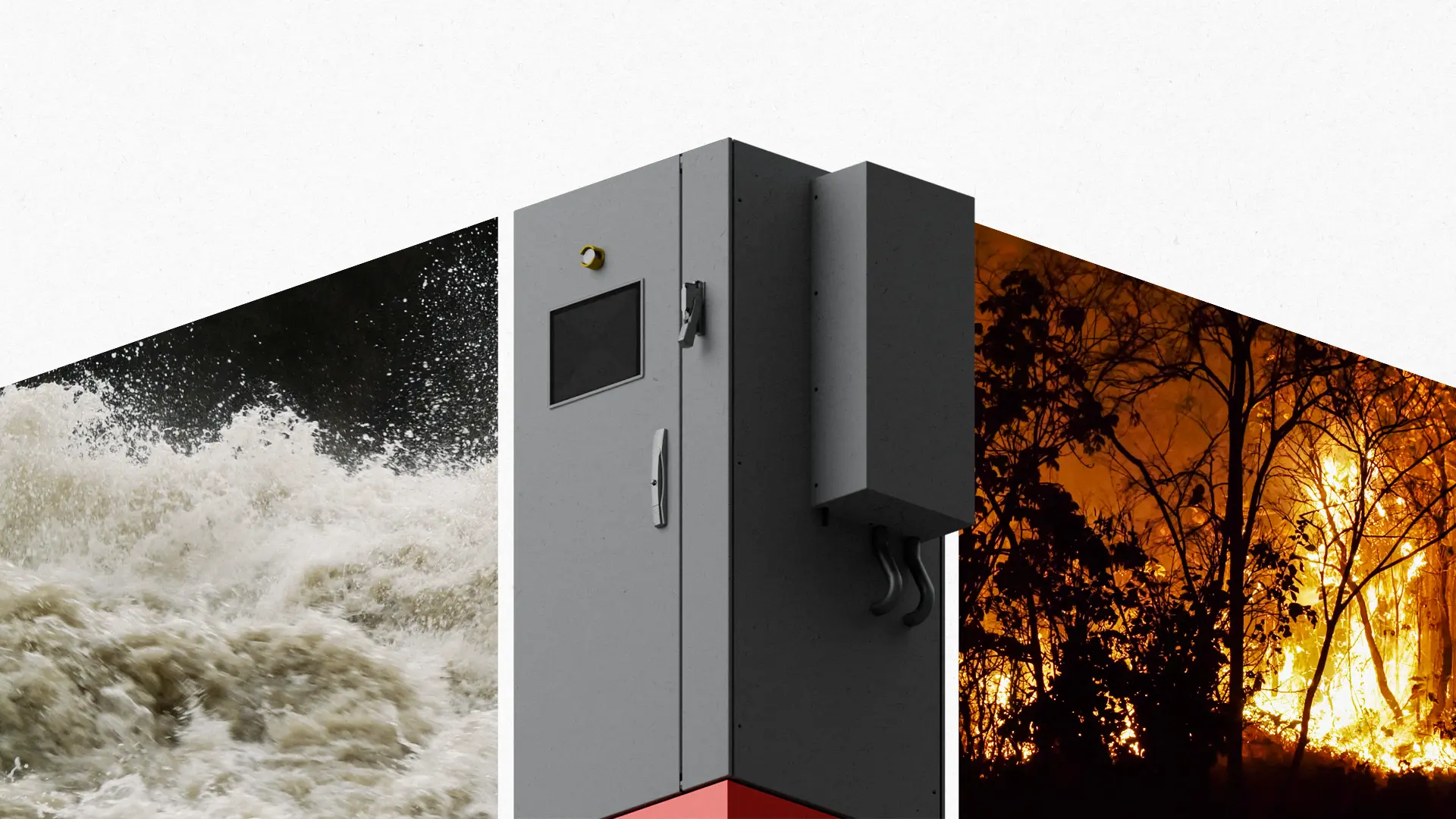As reported this week by the Houston Chronicle, Texas is actively exploring the construction of a major seawater desalination facility along Galveston Bay, aiming to secure long-term water supplies amid intensifying drought, population growth, and climate volatility.
While the public discussion focuses on reverse osmosis (RO) and cost, one key aspect often overlooked is this:
Desalination doesn’t start at the membrane. It starts with pretreatment.
And that’s where ozone-based oxidation becomes essential.
At Pinnacle Ozone Solutions, we engineer advanced oxidation systems that ensure RO membranes are protected, biofouling is minimized, and treatment trains are optimized for resilience and efficiency.
This blog explores how ozone integrates into seawater desalination systems, and why any new facility in Texas should consider it from day one.
The Challenge: Treating Gulf Coast Seawater
Texas Gulf seawater presents a range of challenges for desalination:
- Moderate to high organic load (TOC, color, algal metabolites)
- Biological activity, especially during warm months (phytoplankton, bacteria, viruses)
- Turbidity and suspended solids from tides, storms, and river inputs
- Seasonal shifts in salinity, temperature, and biofilm potential
- Potential hydrocarbon contamination in port/industrial areas
RO membranes are sensitive to these factors, especially biofouling, scaling, and organic loading. The result?
- Increased membrane cleaning frequency
- Higher energy demand (due to pressure loss)
- Shortened membrane life
- Risk of early breakthrough or shutdown
Where Ozone Enhances Desalination Performance
Ozone plays a key role in pretreatment, acting before water reaches the RO membranes. When correctly applied, ozone provides:
Organic Carbon Reduction (TOC)
Ozone oxidizes high molecular weight natural organic matter (NOM), humic acids, and color-forming compounds into biodegradable and/or less reactive forms.
- Improves SDI (Silt Density Index)
- Enhances filtration performance (e.g., ultrafiltration, media filters)
- Reduces bioavailable carbon, limiting post-RO fouling
Biological Control
Ozone inactivates:
- Algae, bacteria, and viruses
- Slime-forming organisms that colonize membranes
- Zooplankton and biofilm nucleation sites
Compared to chlorine, ozone provides faster kill rates and no chlorinated by-products, which can be damaging to membranes.
Taste & Odor Removal
In brackish and estuarine sources, ozone is highly effective at removing:
- Geosmin, MIB, and other odorants
- Sulfides and ammonia (when integrated into AOP designs)
This enhances finished water quality and reduces residual treatment burden.
Engineering Ozone Into Desalination Pretreatment
Pinnacle Ozone Systems are designed to integrate upstream of:
- Ultrafiltration (UF) or microfiltration (MF) units
- Media filtration (dual media or GAC)
- RO membrane arrays (brackish or seawater grade)
Key system design factors:
| Parameter | Design Consideration |
| Ozone dose | Typically, 1–3 mg/L for seawater, depending on TOC & temp |
| Contact time (CT) | 2–5 minutes in pressurized reactors or pipeline contactors |
| Mass transfer | >95% via Pinnacle pressurized injection systems |
| Materials | 316L SS, Kynar, or HDPE — resistant to seawater + ozone |
| Monitoring | Monitoring Inline ORP, ozone residual, UVT, and optional TOC sensors |
Supporting Research
- Ozone + UF reduces membrane fouling by up to 50% (Li et al., 2003)
- Ozone pretreatment extends RO membrane life by 2–3x in warm marine systems (Tao et al., 2012)
- Reduces cleaning frequency and chemical use, improving operational ROI
Sources: AWWA Desalination Committee; IOA Seawater Guidelines (2021); Rice et al. (1981)
Pinnacle Case Configurations for Desalination
We offer:
- Compact modular ozone skids for containerized or plant-based deployments
- Pressurized injection reactors (≥95% mass transfer efficiency)
- Integrated SCADA + ORP monitoring with dosing automation
- Resilient system materials for saline and high-UV environments
Custom configurations are available for pilot studies, 100–1,000 GPM RO trains, or full-scale seawater facilities up to 10–20 MGD.
Conclusion
As Texas moves toward building one of its first major seawater desalination plants, decision-makers must remember:
Membranes don’t protect themselves. Ozone does.
Pretreatment is the gatekeeper of desalination efficiency, and ozone provides unmatched oxidation performance, biological control, and downstream protection without chlorine, without residuals, and without compromising membrane integrity.
At Pinnacle Ozone Solutions, we deliver oxidation systems built for seawater reality from variable biofouling loads to scaling, from TOC spikes to warm Gulf conditions. As desalination expands across the Gulf Coast, ozone belongs in every design conversation.
Technical References
- Rice, R.G. & Browning, M.E. (1981). Ozone Applications in Seawater and Brackish Desalination Pretreatment.
- Li, Q. et al. (2003). Fouling Mitigation in UF Pretreatment via Ozone. Desalination Journal.
- Tao, Y. et al. (2012). Impact of Ozone on Seawater Desalination Membrane Systems. Journal of Membrane Science.
- AWWA (2021). Desalination Strategies and Pretreatment Guidelines
- IOA (2020). Best Practices for Ozone in Desalination Pretreatment
On this page









